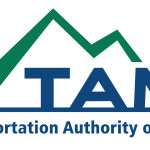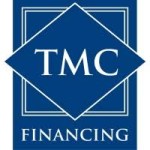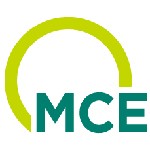03/2022 Blog Topic: The economy is good, but finances are not
March 2022
| Early in the pandemic, former Treasury Secretary Larry Summers said, “In a sense, economic time has been stopped, but financial time has not been stopped.” What Mr. Summers was describing was those elements of the economy, including businesses, customers, and transport of goods that had simply stopped, whereas financial demands, like rent, and car payments did not. That put huge burdens on citizens that policymakers were challenged to handle with any expediency. As the world unceremoniously marks two years since the onset of the pandemic, the macro-level data is starting to look a lot rosier notwithstanding inflation and the war in Ukraine. But the data, while very positive, may not sufficiently capture the more human situation on the ground. Today, most in Marin know someone dealing with the fallout of “financial time” brought on by some facet of the pandemic — they may have lost a job, lost wages, increased debt, or been evicted. This stands in stark contrast to some of Marin’s traditional economic data. Let’s start with Marin’s low unemployment rate, which at 3.1% as of March 14, is lowest in the state and just about 1% higher than pre- pandemic levels. “Unemployment” measures individuals looking for work, so a low number is desirable. However, anyone who knows a business owner will be aware of how difficult it is to fill jobs. Businesses inability to hire staff is slowing Marin’s economic recovery and causing a headache for owners and managers. Meanwhile, our labor force is down by 3% (4,100 individuals) some of whom may have permanently left the workforce. So, business owners (and indirectly their employees) are still constrained by financial demands like rent or taxes even though the economy is “open”, and unemployment is not a policy problem. Another important indicator is sales tax revenues. Marin County reported a 10% increase in sales tax revenues for fiscal year 2020-2021 and recently the San Rafael Town Council approved spending of a projected $5 million surplus, composed mainly of increased sales tax revenues ($4.7 million). However, many downtowns have empty storefronts and a survey of businesses in Marin last year showed that 35% of respondents reported revenues were down over 50% from pre-pandemic rates. From an economic perspective, the fiscal health of public entities looks to have recovered from any early revenue drops due to COVID but from a financial perspective, many business owners have taken on more debt. And if you’re wondering how sales tax revenues can increase while businesses appear to be suffering, note that your online purchase via Amazon, from a vendor in Michigan, will still require you to pay local sales tax on the transaction. Residential real estate is a huge part of the Marin County economy. In 2019, real estate contributed approximately 20% to the county’s $20+ billion economy. Over the past 24 months the median house price in Marin County has increased by a staggering 28%. That’s great for property taxes and homeowners’ equity, but it’s not great for buyers whose mortgages are that much more expensive or to attract the middle- income workers Marin is already short of. Meanwhile, the financial cost to maintain a home, including increasing energy costs and services (construction, landscaping, etc.) continues to strain many Marin homeowners, including our seniors living on fixed incomes. It’s often said the numbers don’t lie. As data analysts, we would be the first to endorse that statement. However, sometimes the numbers don’t tell the whole story either. |
Mike Blakeley, CEO
Marin Economic Forum
Tags: blog














